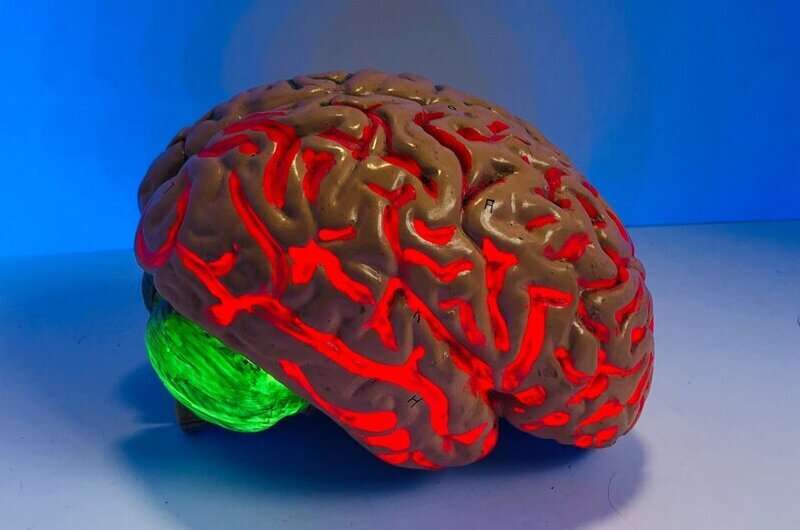
University of Saskatchewan (USask) researchers have developed a new method of killing brain cancer cells while preserving the delicate tissue around it. The technique also has a remarkable side-benefit: making chemotherapy treatment of brain cancer suddenly possible.
The technique involves placing long needles through the skull and sending pulses of electrical current into a glioblastoma tumor—the pernicious variety of brain cancer that caused Tragically Hip frontman Gord Downie’s death.
“A safer and more effective cancer treatment may be clinically possible,” said Dr. Mike Moser (MD), USask College of Medicine general surgery researcher and co-author of a study published recently in the Journal of Biomechanical Engineering.
“Patients with brain tumors may now have another option for local treatment that does not involve opening the skull, and does not involve heat or radiation.”
The USask-led research team created 3D models of cells to test which treatment protocols of electrical current—called irreversible electroporation (IRE or NanoKnife) and high-frequency irreversible electroporation (H-FIRE)—can destroy glioblastoma cells while minimizing the risk to surrounding tissues and blood vessels.
Glioblastoma, the most aggressive and deadly form of brain cancer, affects one in 25,000 Canadians, and only six percent of those with the cancer currently survive longer than five years after diagnosis.
The technique relies on how glioblastoma cells respond to the electrical current. The researchers discovered tumor cells can be killed with a smaller electrical field than would kill surrounding healthy tissues.
They also discovered that this technique temporarily disrupts the blood-brain-barrier—the semi-permeable membrane that allows only tiny molecules to pass from the blood into the brain.
“The blood-brain barrier prevents many treatment drugs from getting to the tumor,” said USask biomedical engineering researcher Dr. Chris Zhang (Ph.D.), co-author on the study. “We’ve shown that our technique can also help to open this barrier, so the brain is better able to receive other treatments—like chemotherapy or drugs that help increase the immune response—and help the patient fight the tumor in a systematic manner.”
University of Saskatchewan

